How Much Juice is in One Lemon?
This post may contain affiliate links. Please read my disclosure policy.
Have you ever wondered how much lemon juice is in a lemon? Learn this helpful information, and get tips on juicing, zesting, and much more in this must-have lemon guide!

If you love lemon recipes as much as I do, you’ve probably had a question or two about lemon juice or zest before. Maybe you’ve started a recipe that calls for lemon juice and you are unsure how much juice is in one lemon, what substitutes work, you want to know the best method to zest them, or even want ways to use them in your home. I’ve written a guide full of helpful tips to answer those questions and give you methods on how to juice a lemon, how to zest a lemon, how much zest is in one lemon, and much more.
Table of Contents
- How to Wash Lemons
- How Much Lemon Juice is in One Lemon?
- Lemon Juice Per Lemon Guide
- How to Juice a Lemon
- How Much Zest in One Lemon?
- Lemon Zest Per Lemon Guide
- How to Zest a Lemon
- How to Store Lemons, Lemon Juice, and Lemon Zest
- Substitutes for Lemon Juice in Recipes
- Favorite Recipes Using Lemon Juice and Lemon Zest
- How to Use Lemon Juice and Peels Around the House
- Frequently Asked Questions
How to Wash Lemons
Always wash lemons before using to remove dirt and pesticides. Add two teaspoons of baking soda to a quart of cool water in a large glass mixing bowl. Place your lemons into the bowl and give them a quick soak for a few minutes. Rinse with clear, cool water and allow to dry.
Source: University of Massachusetts Amherst, Agriculture and Food Chemistry
How Much Lemon Juice is in One Lemon?
One lemon contains about two to three tablespoons of fresh juice. Since all lemons are not the same size, estimate two tablespoons per lemon when using in recipes.
Lemon Juice Per Lemon Guide
1 lemon = 2 tablespoons fresh lemon juice
1/2 lemon = 1 tablespoon fresh lemon juice
How to Juice a Lemon
The best choice of lemon for juicing is one that is soft, plump, and feels heavy. Choose medium-large lemons with thinner skins; those will have the most juice.
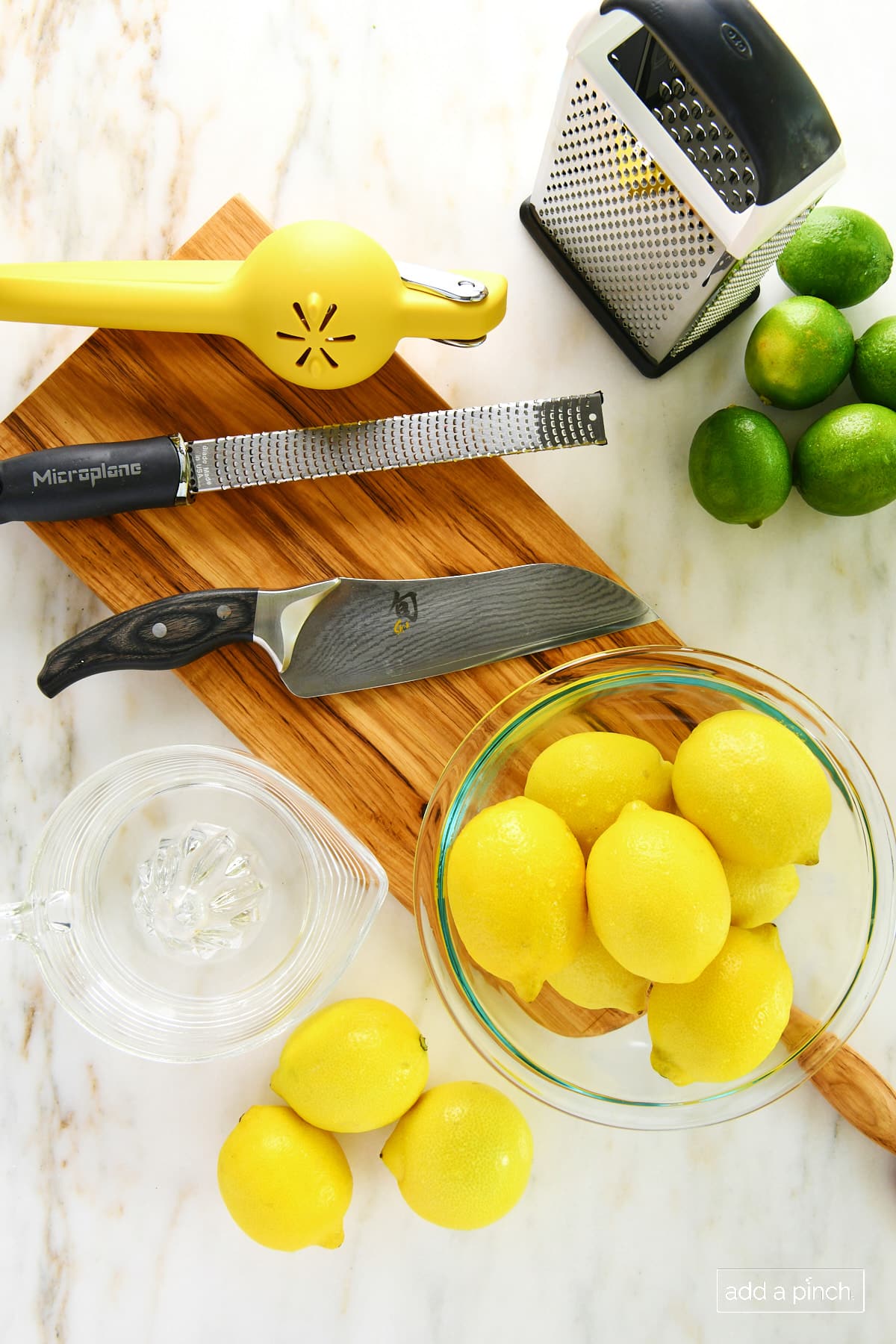
With Your Hand
Prep by loosening the membrane of the lemon. You will need to loosen or break down the membranes of the lemon to release the juice. To do so, choose one of the following options before juicing your lemon.
- Roll the lemon on a cutting board similar to the way you would use a rolling pin.
- Microwave whole lemons for about 15-20 seconds on high to warm them to make them easier to squeeze. Don’t microwave if you are going to use the lemon peel or zest because it can remove some of the oils on the peel.
- Peel the lemon before squeezing it, which can be messy, so wear gloves if you are doing this.
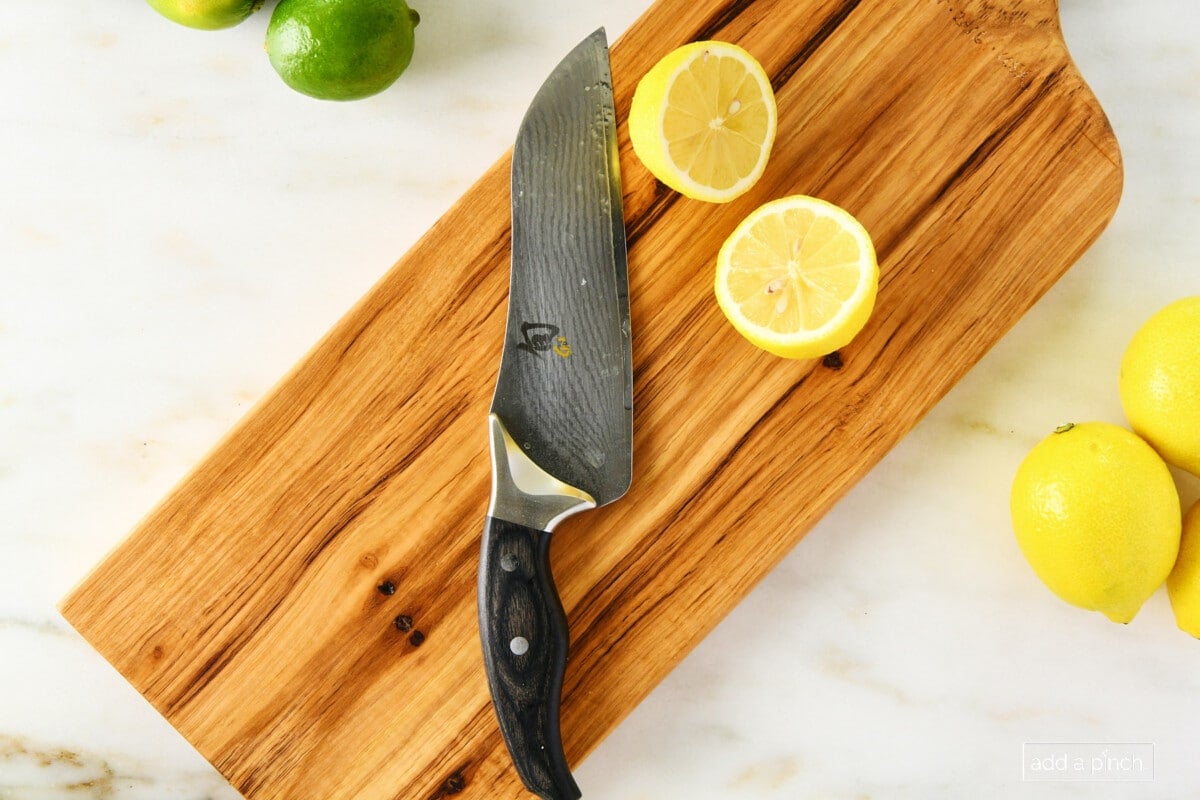
Cut the lemon. Cut the lemon in half crosswise with a sharp knife. Squeeze half the lemon over a small container to catch all the juice. Placing a small strainer over the bowl to catch seeds or pulp is another good idea.
Additional Options for Juicing by Hand
Use kitchen tongs. You can also use a pair of kitchen tongs to juice the lemon. Hold the end of the tongs with your hands and squeeze half of the lemon at a time to juice.
Use a skewer. Another method is to poke a hole in one end of the lemon. Roll the lemon on a cutting board until it is soft. Poke a hole in the non-stem end of the lemon with a large skewer. Drive the skewer deep into the lemon. Pull the skewer out and squeeze over a measuring cup or a small bowl. You will have the juice with no seeds.
With a Juice Press
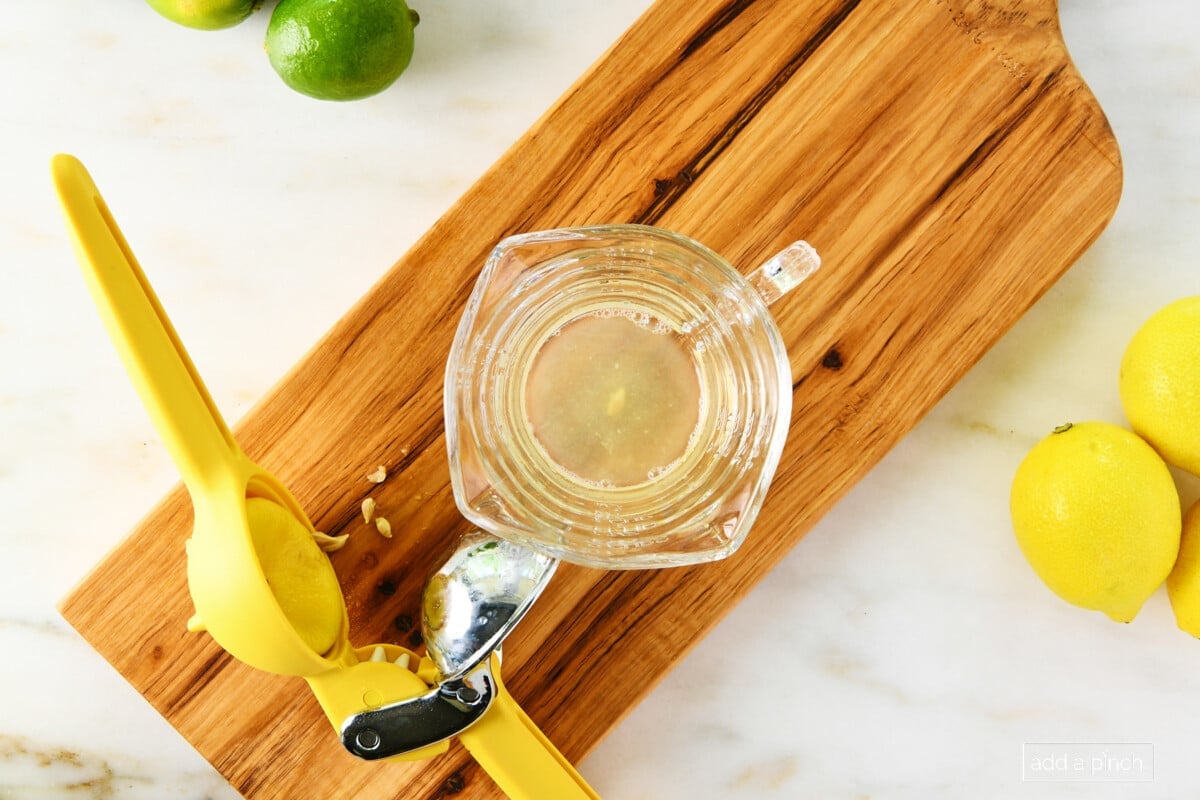
Cut the lemon. Cut the lemon in half when using a juice press. Place half of the lemon with the skin side facing you and the cut side facing down inside the juice press. Press down on the lever to release the juice.
With a Citrus Reamer
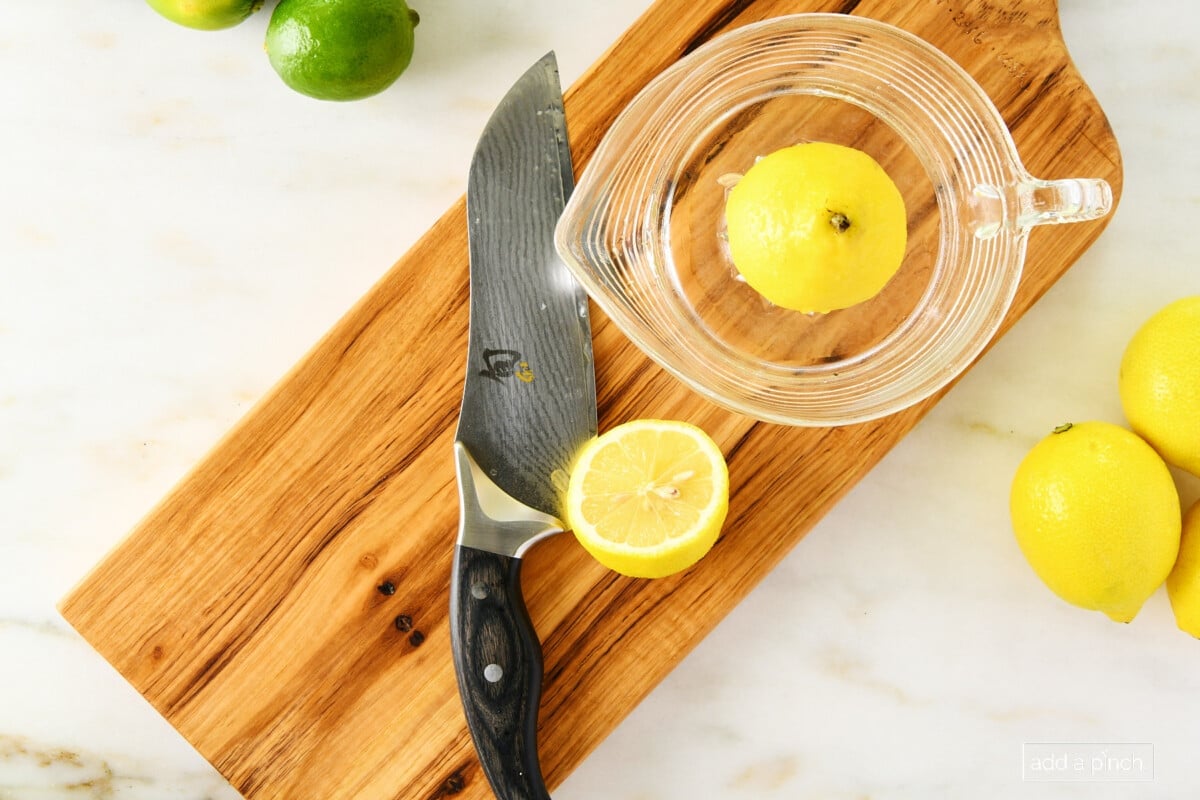
Cut the lemon. When using a citrus reamer, cut the lemon in half. While holding one half of the lemon in one hand, use the opposite hand to push the reamer into the lemon and rotate the reamer around the inside of them to release the juice.
If you have a citrus reamer like the one shown in my photo, place the lemon half on top of the reamer. Hold the lemon half firmly in your hand and twist it against the reamer to release the juice.
With a Stand Mixer
Cut the lemon. Cut the lemon into four even wedges and place in the bowl of your stand mixer. Using the paddle attachment, mix for 2 minutes and then strain the juice.
How Much Zest in One Lemon?
You may also regularly see lemon zest called for in recipes. You may wonder: What is lemon zest? The zest of the lemon is the outermost part of the lemon and contains the natural oils of the lemon. Lemon oil provides a concentrated lemon flavor to recipes.
One lemon provides about one tablespoon of lemon zest. So for recipes that call for the zest of one lemon, measure 1 tablespoon of lemon zest.
Lemon Zest Per Lemon Guide
1 lemon = 1 tablespoon lemon zest
How to Zest a Lemon
With a Zester
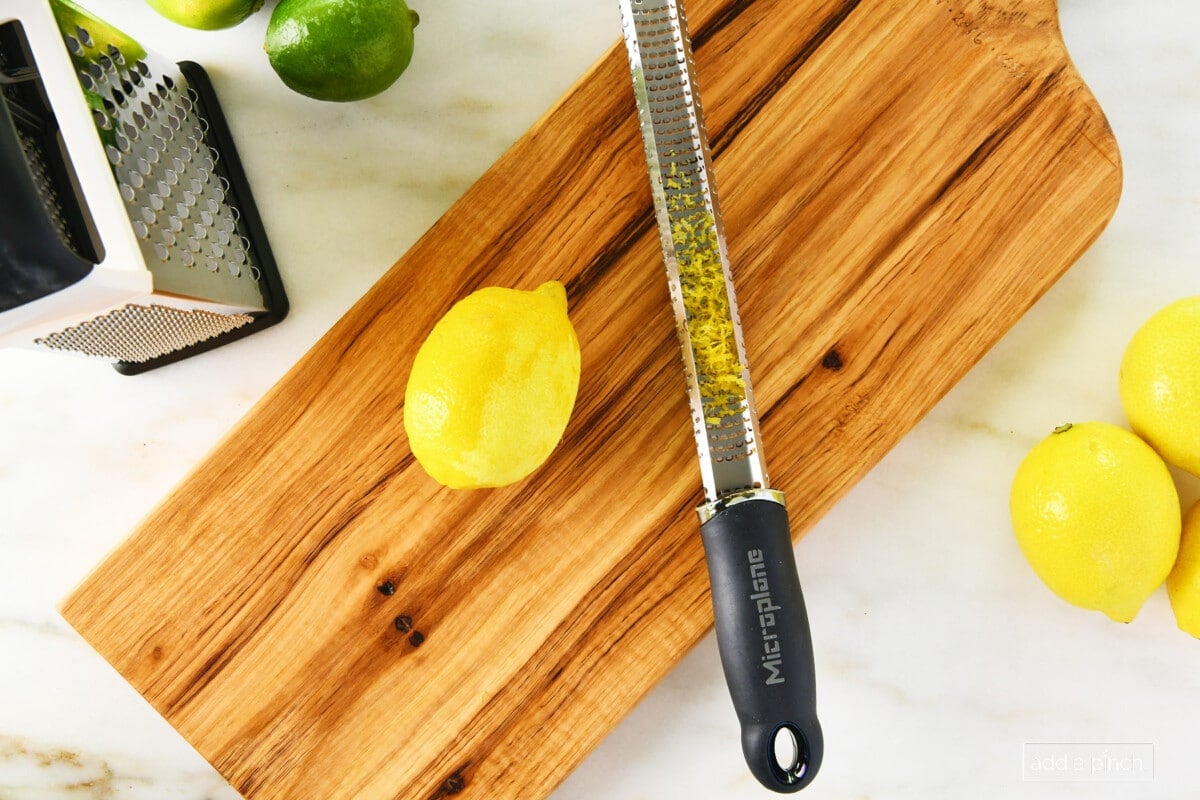
Use a whole lemon for zest. You will use a whole lemon to zest. Zest only the yellow outer skin and not the white part. Hold the lemon in one hand and the zester in the other. Hold the zester with the well facing up with the lemon below. Run the zester lightly over the skin of the lemon. Rotate the lemon as you use the zester.
As zest collects in the well of the zester, gently tap it into a bowl. Continue running the zester over the entire outer surface of the lemon. A microplane zester makes a finely grated lemon zest.
With a Knife
Cut the ends off the lemon. You will need to cut the ends off of the lemon so you can see the edges of the rind. Hold the lemon on a cutting board and run a sharp knife down the lemon, cutting small strips off as you rotate the lemon. Chop the slices into smaller pieces with a larger kitchen knife.
With a Box Grater
Run the lemon over the grater. To zest a lemon using your box grater, gently run a lemon over the finest holes of the grater. Turn the lemon as you are grating it to prevent getting any of the white bitter parts into your zest. You will get finely grated lemon zest with the box grater.
How to Store Lemons, Lemon Juice, and Lemon Zest

How to Store Whole Lemons
Keep whole lemons on countertop or refrigerate. You can store lemons at room temperature on the countertop for up to a week. Lemons will keep in the refrigerator in an airtight container for up to a month.
Refrigeration may cause the membranes to harden and become harder to release the juice if they are still cold. Before juicing lemons that have been in the refrigerator, let them come to room temperature. You can microwave the whole lemons on high setting for 15-20 seconds or place them in a bowl of warm water for about 20 minutes to warm them.
How to Freeze Whole Lemons
You can also freeze whole lemons for up to 3 months. Freezing helps to break down the membrane, making the lemons easier to juice. Put clean, whole lemons in an airtight, freezer-safe container. Take out as many as you need and thaw before trying to juice.
How to Store Cut Lemons
You can also store any cut lemons in the refrigerator for 3 to 4 days. If you don’t squeeze all the juice from a lemon, place the lemon in an airtight container and place it in the refrigerator. Next time you need lemon juice, take the lemon out and squeeze.
How to Store Lemon Juice
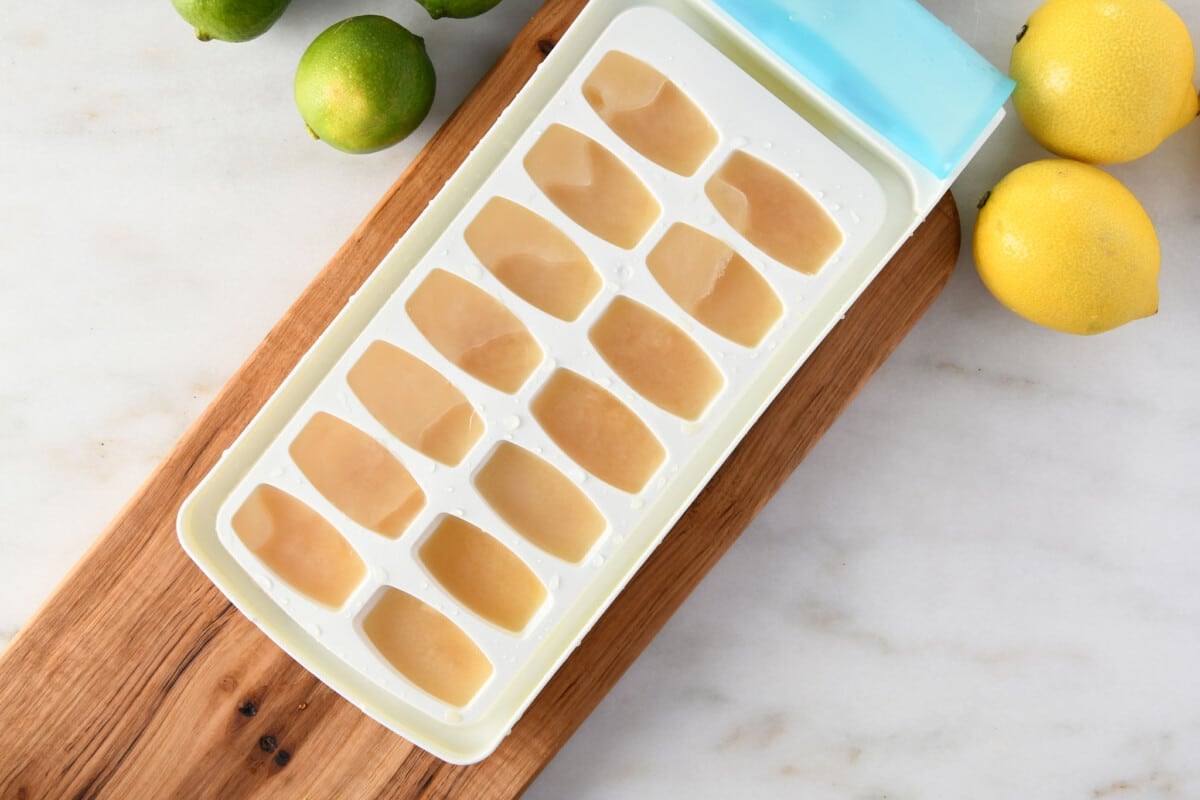
You can store lemon juice in an airtight container in the refrigerator for about 4 days. You can also store lemon juice in the freezer. Pour lemon juice into individual ice cube trays and freeze. Once they have frozen, you can remove the lemon juice cubes and add them to a freezer-safe container and freeze them for up to 3 months.
How to Store Lemon Zest
Lemon zest will maintain its flavor longer if it’s frozen. Add the zest to an airtight freezer-safe container and place it in the freezer. This zest will keep up to 3 months frozen.
Substitutes for Lemon Juice in Recipes
You can use the following substitutes for lemon juice in recipes.
| Ingredient | Ratio |
| Orange Juice | Equal the amount of orange juice (1:1) |
| White Vinegar | Half the amount of vinegar (1/2:1) |
| Lemon Zest | Half the amount of zest (1/2:1) + replace the rest with water |
Favorite Recipes Using Lemon Juice and Lemon Zest
- Lemon Pound Cake Recipe
- Fresh Lemonade Recipe
- Baked Lemon Pepper Chicken Recipe
- No Bake Lemon Cream Pie
- Lemon Blueberry Scones
How to Use Lemon Juice and Peels Around the House
Use Lemon Juice to Make Homemade All-Purpose Cleaner

You can make your own household cleaner with lemon juice, vinegar, and water. It has both antibacterial and disinfectant properties. To make, juice two lemons and strain the juice to remove all pulp. You can use a coffee filter to strain the juice. Add the lemon juice to a clean glass spray bottle. Add one cup white distilled vinegar and 1 cup water to the bottle and shake well.
You can use this on most household surfaces but don’t use it on marble or granite or other surfaces that might etch. Before using on a wood surface, I recommend testing a small spot on an area that is not easily visible.
Use Lemon Peels in the Garden
Lemon peels add acidity to your garden soil and nitrogen, phosphorus, and potassium. Add to your compost pile to make a natural fertilizer for your garden soil. Lemon peels also act as a deterrent for garden pests such as slugs, aphids, ants, and mosquitoes and can even keep stray cats out of your garden. It helps to attract butterflies to your garden.
Use Lemons for a Homemade Air Freshener
You can make your own air freshener for your home with lemon peels. Add water to a pot, place it on the stove, and let it come to a boil. Add lemon peels and decrease to simmer. Let these lemon peels simmer to add a fresh, citrus fragrance. I love to use my homemade Lemon Rosemary Potpourri, Pine Citrus Potpourri, and Stovetop Potpourri for the Holidays to keep my home smelling fresh and welcoming.
Frequently Asked Questions
If you don’t have fresh lemons or lemon juice on hand, I’ve included a table listing four substitutes and the amount of the substitute used to replace in the recipe.
Cut lemons stored in an airtight container will keep in the refrigerator for 3 to 4 days.
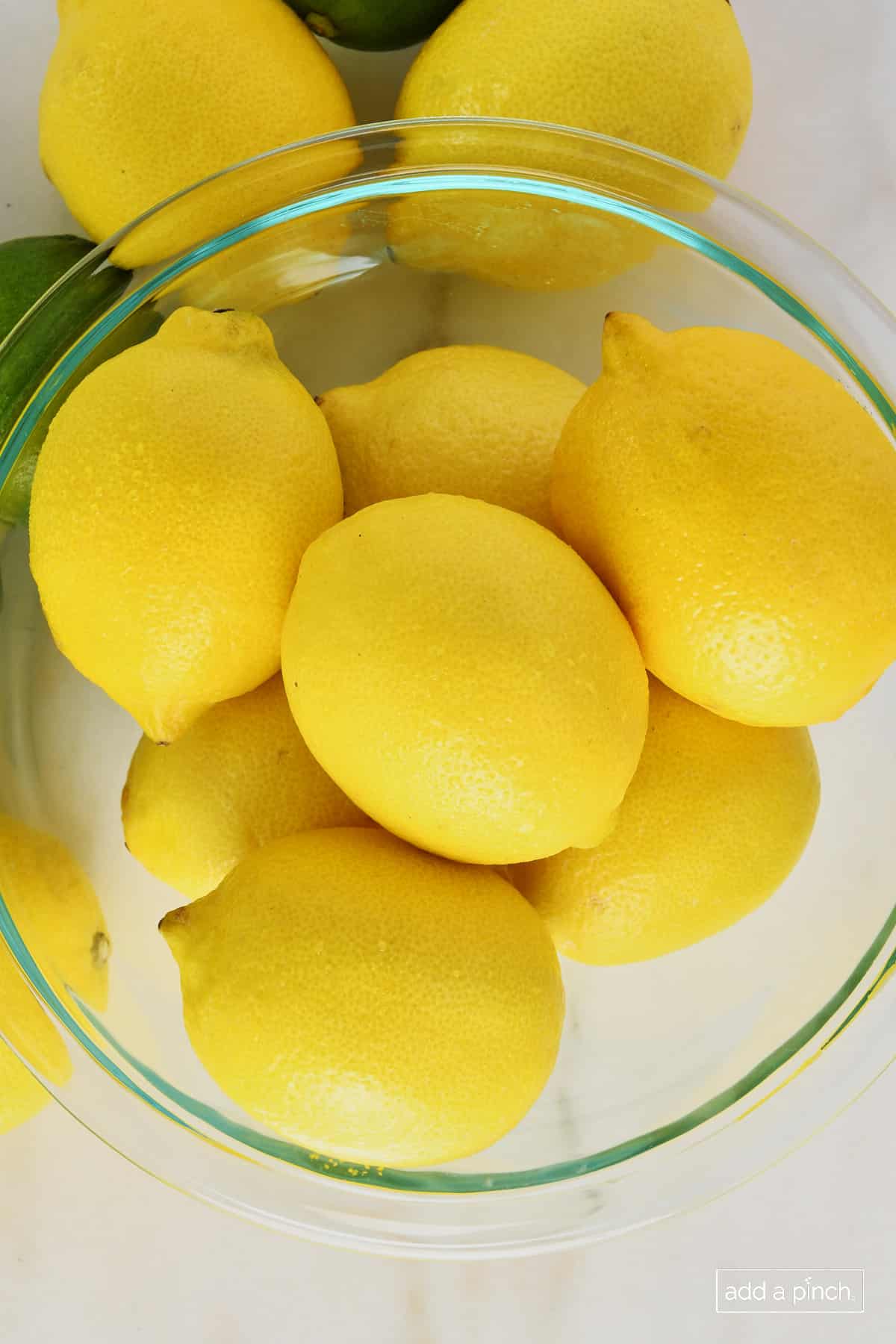





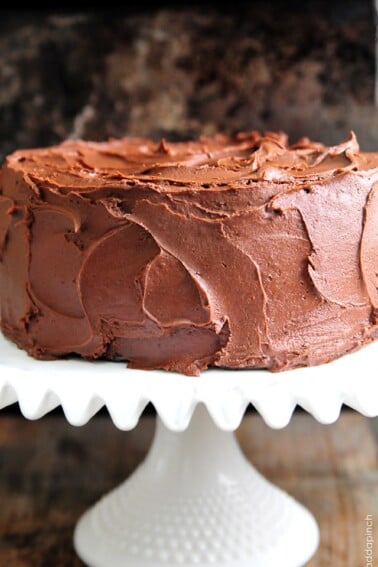
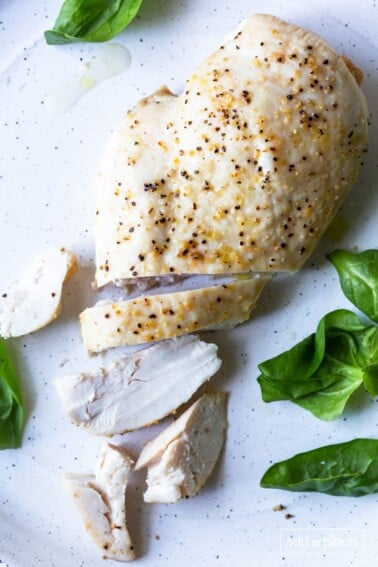

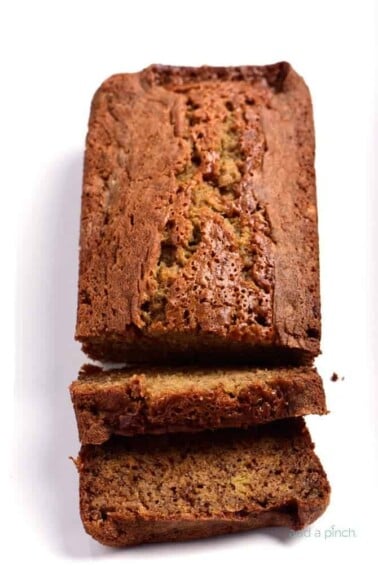
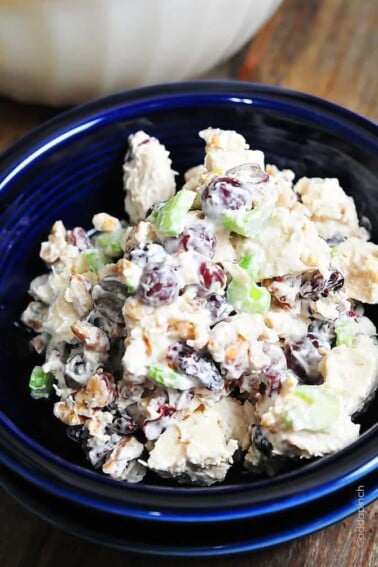










Loved all of these tips and info on lemons. Looking forward to checking out some recipes
Thank you!
I hope you find recipes that you enjoy.